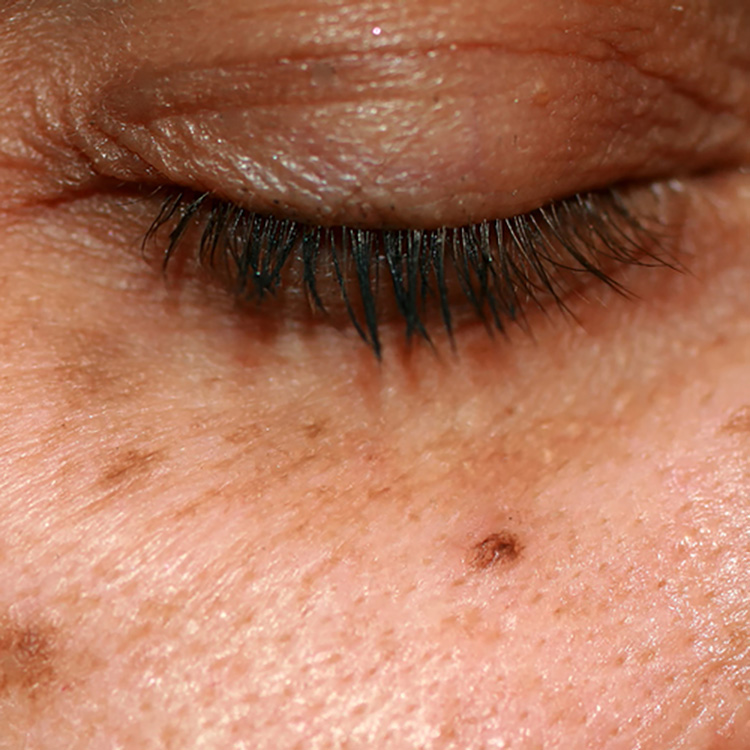Hyperpigmentation occurs when melanocytes (melanin-producing cells in the skin) become overactive, leading to uneven skin tone or dark spots. It can appear on the face, hands, and other parts of the body frequently exposed to the sun.
This is a common skin concern that affects people of all skin tones and types. It appears as patches of skin that are darker than the surrounding area due to an excess production of melanin — the pigment responsible for skin color. While it’s usually harmless, hyperpigmentation can be frustrating, especially when it affects your confidence and self-image.
Here’s a look at the common types, causes, and treatment options we offer.
Types of Hyperpigmentation
Common types of hyperpigmentation include:
- Sunspots (Solar Lentigines): Also known as age spots or liver spots, these are caused by prolonged sun exposure. They often appear on areas like the face, hands, shoulders, and on bald heads.
- Melasma: Often triggered by hormonal changes (including during pregnancy, birth control pills, and menopause), melasma causes larger patches of discoloration, typically on the face.
- Post-Inflammatory Hyperpigmentation (PIH): This results from skin trauma such as acne, burns, cuts, or eczema. It’s especially common in individuals with darker skin tones.
Causes of Hyperpigmentation
Have you ever noticed that babies have even skin toned? Life’s circumstances have yet to cause skin discolorations. Consider the following common causes:
- Sun Exposure: UV rays stimulate melanin production, which can lead to dark spots over time.
- Hormonal Changes: Conditions like pregnancy or endocrine disorders can lead to melasma.
- Skin Injuries or Inflammation: Acne, cuts, or eczema can leave behind dark marks.
- Medications: Certain drugs, including chemotherapy agents or antibiotics, can increase melanin production.
- Underlying Health Issues: Addison’s disease and other metabolic conditions may contribute to pigmentation discolorations.
Treatment Options
There are several different topical treatments — some over the counter and others I prescribe based on the patient’s needs — and we offer some professional treatments to help your skin look its best.
The treatment is based on the type of hyperpigmentation a patient has and not all treatments work for all types of hyperpigmentation equally.
Topical Treatments
- Hydroquinone: A commonly prescribed skin-lightening agent that reduces melanin production.
- Retinoids (Retinol, Tretinoin): Promote cell turnover and improve skin texture.
- Vitamin C: A potent antioxidant that brightens the skin and reduces dark spots.
- Niacinamide: Helps reduce inflammation and inhibits melanin transfer.
- Azelaic Acid: Effective for PIH and acne-prone skin.
Professional Treatments We Offer
- Chemical Peels: Using acids (like glycolic or salicylic acid) to exfoliate your skin and reduce discoloration.
- Microneedling: Stimulates collagen production and can help even out skin tone.
- Secret RF (Radiofrequency Microneedling): Combining microneedling with radiofrequency energy, it effectively targets deeper layers of your skin, making it particularly beneficial for stubborn hyperpigmentation, acne scars, and uneven skin.
- EXO|E: Add on skin revitalizing complex for Secret RF that enhances results, decreases downtime, plus improves and supports skin health.
- Microdermabrasion: A gentle exfoliating procedure to reduce surface pigmentation.
Sun Protection
No treatment for hyperpigmentation is complete without sun protection. Daily use of a UVA/UVB broad-spectrum sunscreen with an SPF of 30 or higher is crucial. I recommend reapplying every two hours, especially when you’re outdoors.
Talk with Us
If you’re struggling with persistent pigmentation issues, schedule a consultation with us for a personalized skin care treatment plan. Please keep in mind that consistency and patience are essential for visible improvement.

